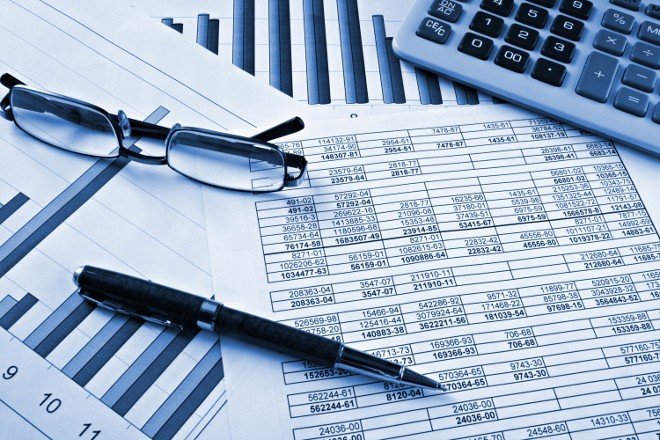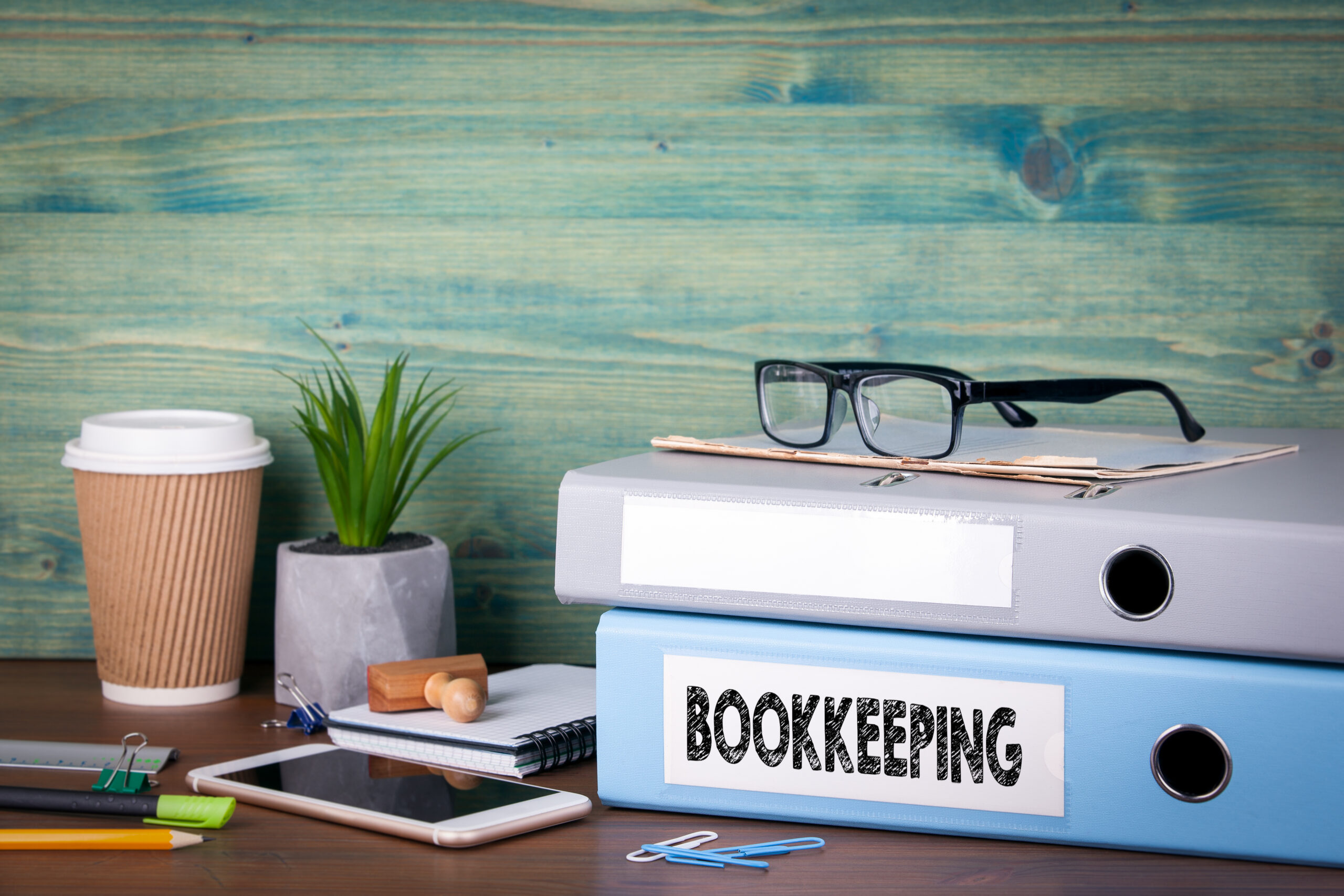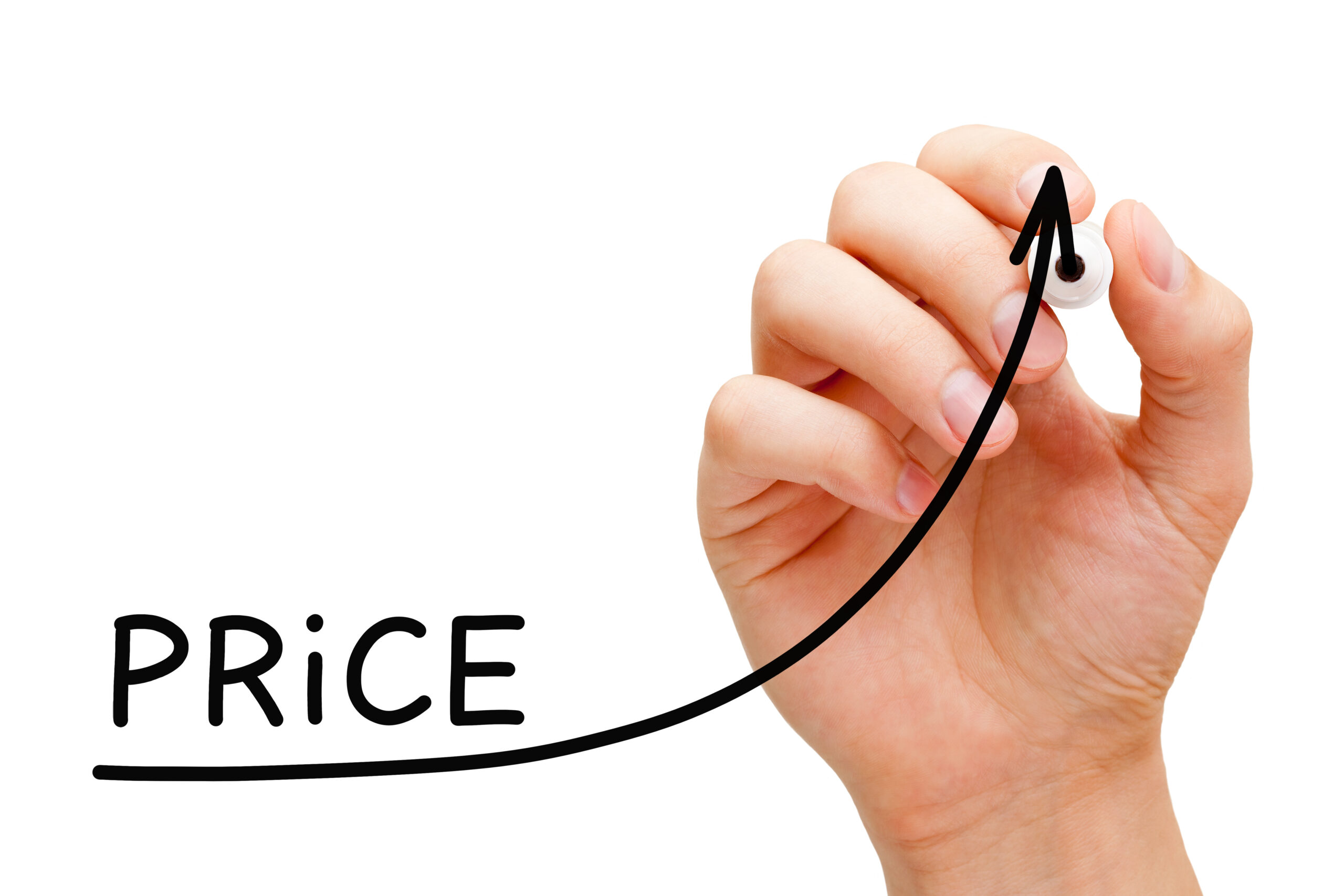Switching to the cash basis

Many small, unincorporated businesses choose to use the ‘cash basis’ for working out taxable income. Under this method, participants will be taxed on the basis of the cash that passes through their books, rather than having to undertake complex and time-consuming calculations designed for larger businesses, who generally have to use ‘traditional’ methods for tax purposes. Whilst easing the administrative burdens of preparing ‘traditional’ accounts, using the cash basis can also help with cash flow.
For the 2017/18 tax year onwards, the eligibility income threshold for using the cash basis has been significantly raised – it is now £150,000 (previously £83,000), meaning that many more small businesses can now use the scheme. The exit threshold, above which businesses must cease to use the cash basis, has also been raised from 6 April 2017 to £300,000. This means that many businesses will be able to continue using the scheme as they continue to grow.
Where it has been identified that an existing business would benefit from switching to the cash basis, and it has been established that the eligibility criteria to do so has been satisfied, various one-off adjustments may be required to work out the business’s profit for the period of the switch. The following list summaries areas where adjustments may be required, and if applicable, what action should be taken:
– The business was owed money at the last year-end accounting date; and tax was paid tax on that amount in that tax year; and the monies owed were received in the current accounting period.
Action: Deduct the amounts owed to the business from the total cash basis turnover for the current accounting period.
– The business owed money to its suppliers at last year-end accounting date, and tax relief was claimed on that amount in that tax year, but the suppliers were not paid until the current accounting period.
Action: Deduct the amounts owed to suppliers from total cash basis expenses for the current accounting period.
– The business was carrying stock items at the end of the last accounting period but relief was not claimed for this cost.
Action: Add the cost of the stock to cash basis expenses for this accounting period.
– The business received money from customers in the last accounting period (for example, payments made in advance of work done) that it did not pay tax on.
Action: Add the amounts that customers paid to total cash basis turnover for this accounting period.
– The business paid in advance for certain items in the last accounting period (for example, a subscription, or a deposit) that it did not claim tax relief for.
Action: Add the amounts paid to suppliers to total cash basis expenses for this accounting period.
– If, at the end of the last accounting period, the business had paid in full for items of equipment (but not cars), and it had a balance of capital allowances still to claim on that equipment.
Action: Add the balance of capital allowances still to claim to total cash basis expenses for this accounting period.
– If, at the end of the last accounting periods, the business had partly paid for items of equipment (for example, by instalments), but had claimed a different amount.
Action: If the amount partly paid was more than the capital allowances claimed, HMRC treat the difference as an expense (increasing total cash basis expenses) as a transitional adjustment for this accounting period. If the amount partly paid was less than the capital allowances claimed, HMRC treat the difference as turnover (increasing total cash basis turnover) as a transitional adjustment for this accounting period.
If the business is a new business in its first period of account, no adjustments will be necessary.
Further guidance on calculating taxable profits can be found in HMRC’s help sheet HS222: How to calculate your taxable profits.






